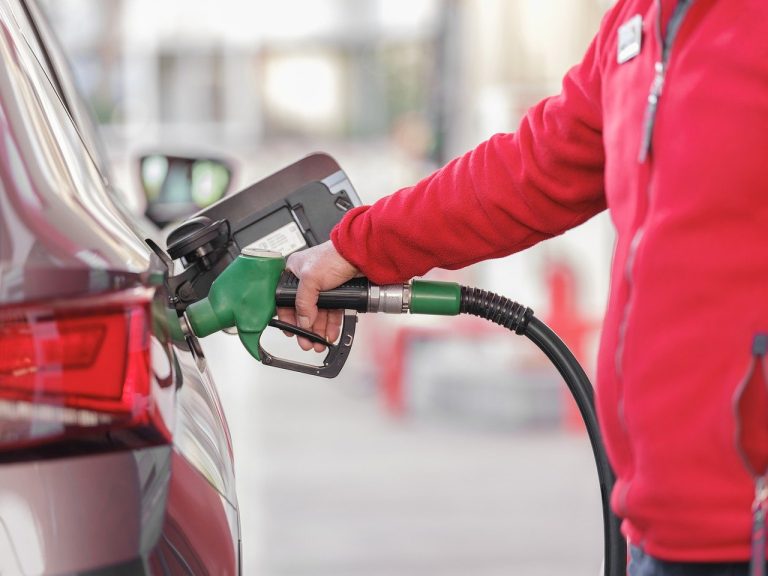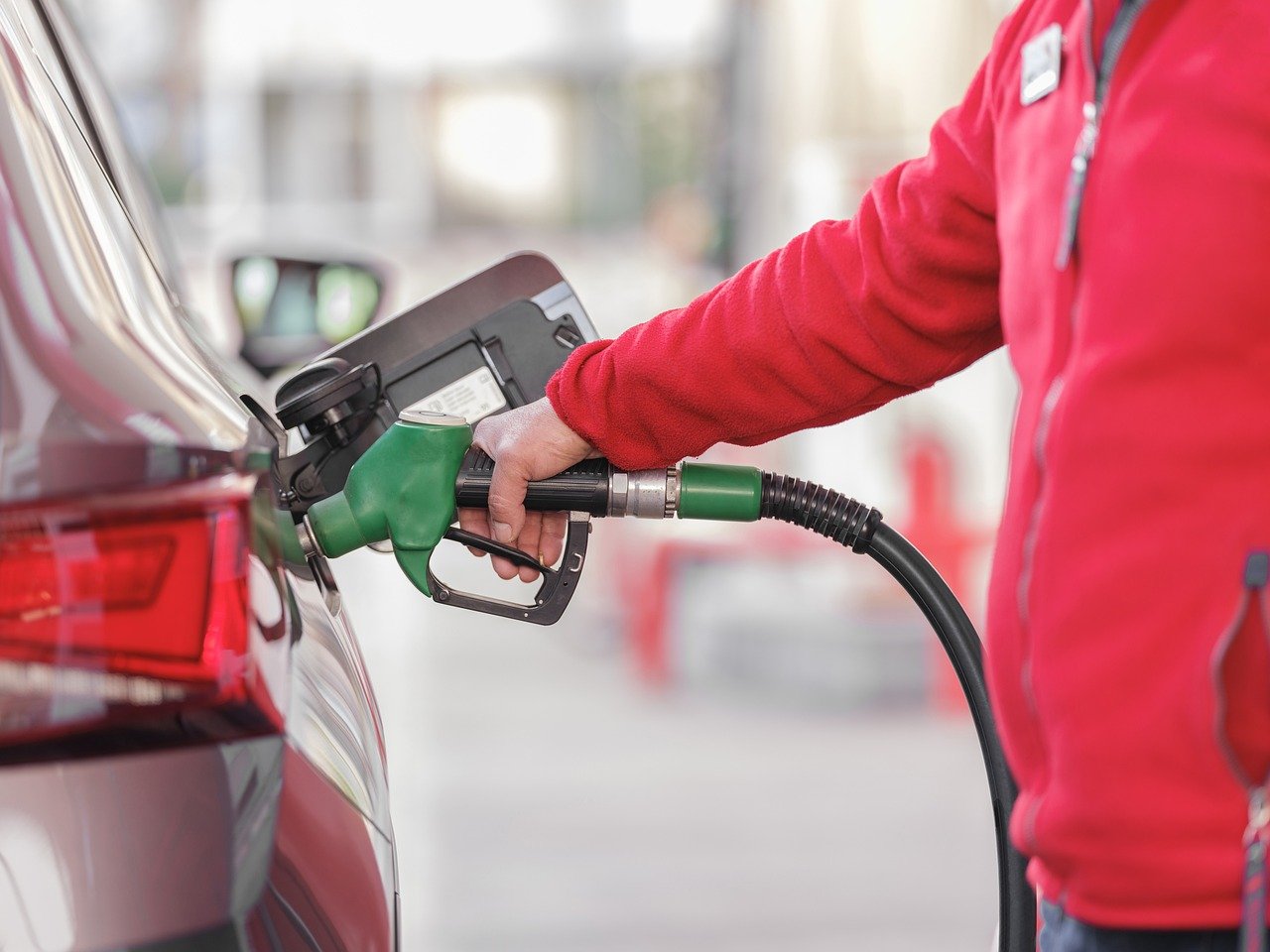South Dakota gas prices have risen 1.4 cents per gallon in the past week, averaging $3.08/g today, according to GasBuddy’s daily survey of 628 stations in South Dakota. Gas prices in South Dakota are 16.9 cents per gallon higher than a month ago and stand 97.0 cents per gallon higher than a year ago.
According to GasBuddy price reports, the cheapest station in South Dakota is priced at $2.77/g today while the most expensive is $3.73/g, a difference of 96.0 cents per gallon. The lowest price in the state today is $2.77/g while the highest is $3.73/g, a difference of 96.0 cents per gallon.
The national average price of gasoline has risen 1.3 cents per gallon in the last week, averaging $3.16/g today. The national average is up 10.2 cents per gallon from a month ago and stands 98.0 cents per gallon higher than a year ago.
Historical gasoline prices in South Dakota and the national average going back ten years:
July 19, 2020: $2.11/g (U.S. Average: $2.18/g)
July 19, 2019: $2.72/g (U.S. Average: $2.77/g)
July 19, 2018: $2.88/g (U.S. Average: $2.85/g)
July 19, 2017: $2.24/g (U.S. Average: $2.27/g)
July 19, 2016: $2.23/g (U.S. Average: $2.19/g)
July 19, 2015: $2.72/g (U.S. Average: $2.76/g)
July 19, 2014: $3.51/g (U.S. Average: $3.58/g)
July 19, 2013: $3.67/g (U.S. Average: $3.67/g)
July 19, 2012: $3.53/g (U.S. Average: $3.43/g)
July 19, 2011: $3.71/g (U.S. Average: $3.67/g)
Neighboring areas and their current gas prices:
Sioux Falls- $2.98/g, up 0.3 cents per gallon from last week’s $2.97/g.
North Dakota- $3.09/g, up 2.7 cents per gallon from last week’s $3.06/g.
Nebraska- $2.96/g, up 1.1 cents per gallon from last week’s $2.95/g.
“Gas prices across the country have been a bit sideways in the last week with a mixed bag of decreases and increases, but overall, the national average hasn’t seen much meaningful direction as oil prices remain under their early-July levels thus far thanks to OPEC coming to an agreement on production over the weekend,” said Patrick De Haan, head of petroleum analysis for GasBuddy. “OPEC’s plan is to raise oil production by 400,000 bpd each month until 2022, at which time OPEC’s oil production will be back at pre-Covid levels. It’s a positive development in light of U.S. gasoline demand which last week rose nearly 2%, which should act as a loose ceiling on the price of oil, and could mean we’re even closer to seeing a peak in the national average if we haven’t already.”













